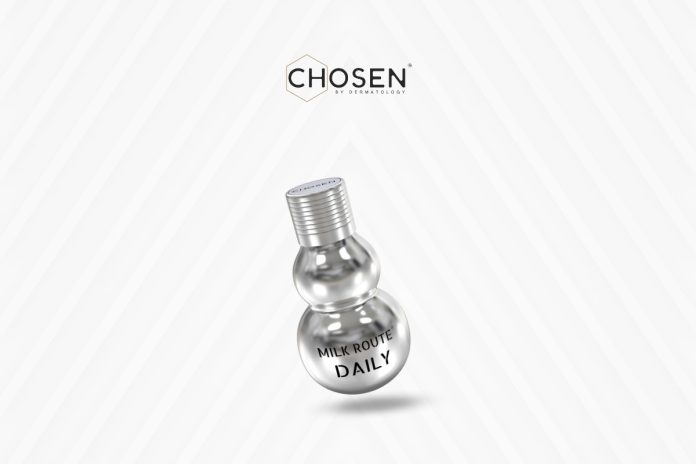dark inner thighs caused by friction
Frictional hyperpigmentation of the inner thighs is a common concern among individuals of Indian heritage due to the higher melanin content in their skin. This condition can result from persistent friction between the inner thighs, often provoked by activities like working out or jogging. Fortunately, you can take steps to reduce and prevent frictional pigmentation. This article will explore practical methods to address this issue and help you achieve smoother, even-toned inner thighs.
-
Use a Diaper Rash Cream as a Protective Barrier
The first step in combating frictional pigmentation is to prevent the friction itself. One effective way to achieve this is using a diaper rash cream with protective properties. This cream can create a barrier that reduces thigh friction. Apply the cream generously to the inner thighs for about 3 to 4 weeks before engaging in activities that may cause friction, such as working out or jogging during the day. This preventative measure can significantly reduce the chances of further darkening in this sensitive area.
-
Incorporate a Mild Lactic Acid Exfoliator
To address existing hyperpigmentation and improve the overall texture of your skin, consider incorporating a mild lactic acid chemical peel into your skincare routine. Lactic acid is known for its gentle exfoliating properties and can effectively remove dead skin cells. One excellent product to consider is Milk Route® Daily, designed to be used in the evenings. By exfoliating regularly, you can help fade dark patches on your inner thighs while simultaneously hydrating your skin.
-
Maintain an Ideal Body Weight Through a Balanced Diet and Exercise
Achieving and maintaining an ideal body weight through a balanced diet and regular exercise can reduce the friction experienced in the inner thigh area. Excess weight can contribute to more friction and irritation, so focusing on a healthy lifestyle can be a valuable step in preventing frictional pigmentation.
-
Wear Proper Clothing
Choose clothing that fits well and does not cause excessive rubbing or chafing in the inner thigh. Opt for breathable fabrics, such as cotton, and consider wearing moisture-wicking athletic wear during workouts to minimise friction
To conclude, frictional hyperpigmentation of the inner thighs is a common concern for many individuals, particularly those with higher melanin levels in their skin. You can effectively reduce and prevent frictional pigmentation by following these steps, including protective creams, exfoliating products, and a healthy lifestyle. Additionally, choosing appropriate clothing can further contribute to the well-being of your inner thigh skin. With consistent care and attention, you can achieve smoother, even-toned inner thighs and feel confident in your skin.


